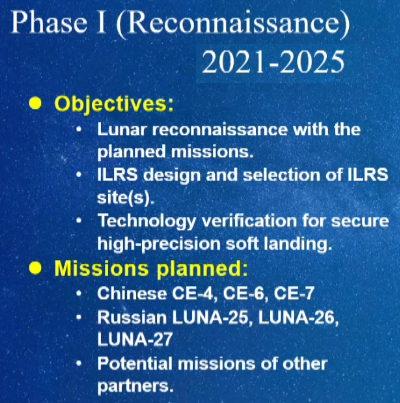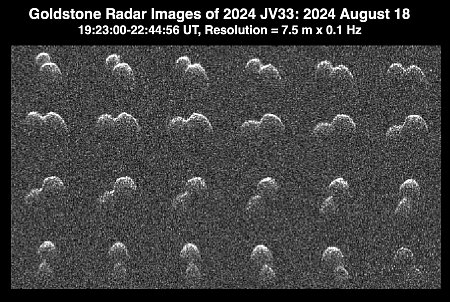Private company launches small test rocket from privately run sea-based platform
The rocket startup Evolotion Space on August 31, 2024 successfully launched a small test rocket from privately run sea-based platform operated by the Spaceport Company, a startup in itself.
The launch itself did not appear to reach space, but was instead designed to test both the rocket and the sea platform’s operation.
The experiment occurred approximately 30 miles south of Mississippi in the Gulf of Mexico. The test served to validate The Spaceport Company’s sea-based launch equipment and ground support equipment, said the company’s CEO and founder Tom Marotta. “Emerging hypersonic technologies require additional and larger test ranges to accommodate higher cadence testing campaigns,” he said. “With this new commercial facility, we will alleviate the burdens on government ranges and enable at-sea test environments that existing land-based ranges are unable to provide.”
The solid-fueled rocket meanwhile is being developed by Evolution to initially do hypersonic testing for the military.
The rocket startup Evolotion Space on August 31, 2024 successfully launched a small test rocket from privately run sea-based platform operated by the Spaceport Company, a startup in itself.
The launch itself did not appear to reach space, but was instead designed to test both the rocket and the sea platform’s operation.
The experiment occurred approximately 30 miles south of Mississippi in the Gulf of Mexico. The test served to validate The Spaceport Company’s sea-based launch equipment and ground support equipment, said the company’s CEO and founder Tom Marotta. “Emerging hypersonic technologies require additional and larger test ranges to accommodate higher cadence testing campaigns,” he said. “With this new commercial facility, we will alleviate the burdens on government ranges and enable at-sea test environments that existing land-based ranges are unable to provide.”
The solid-fueled rocket meanwhile is being developed by Evolution to initially do hypersonic testing for the military.





